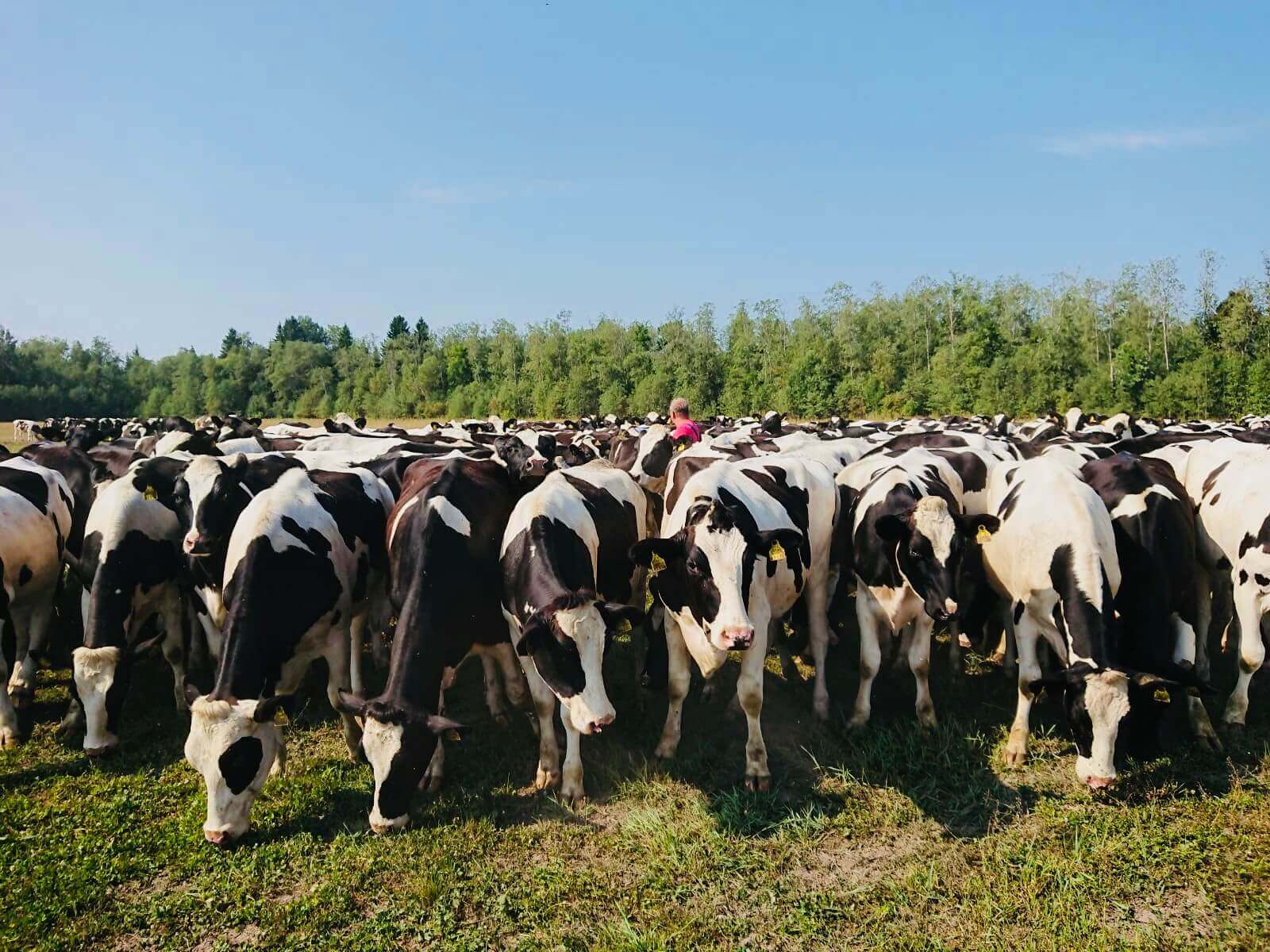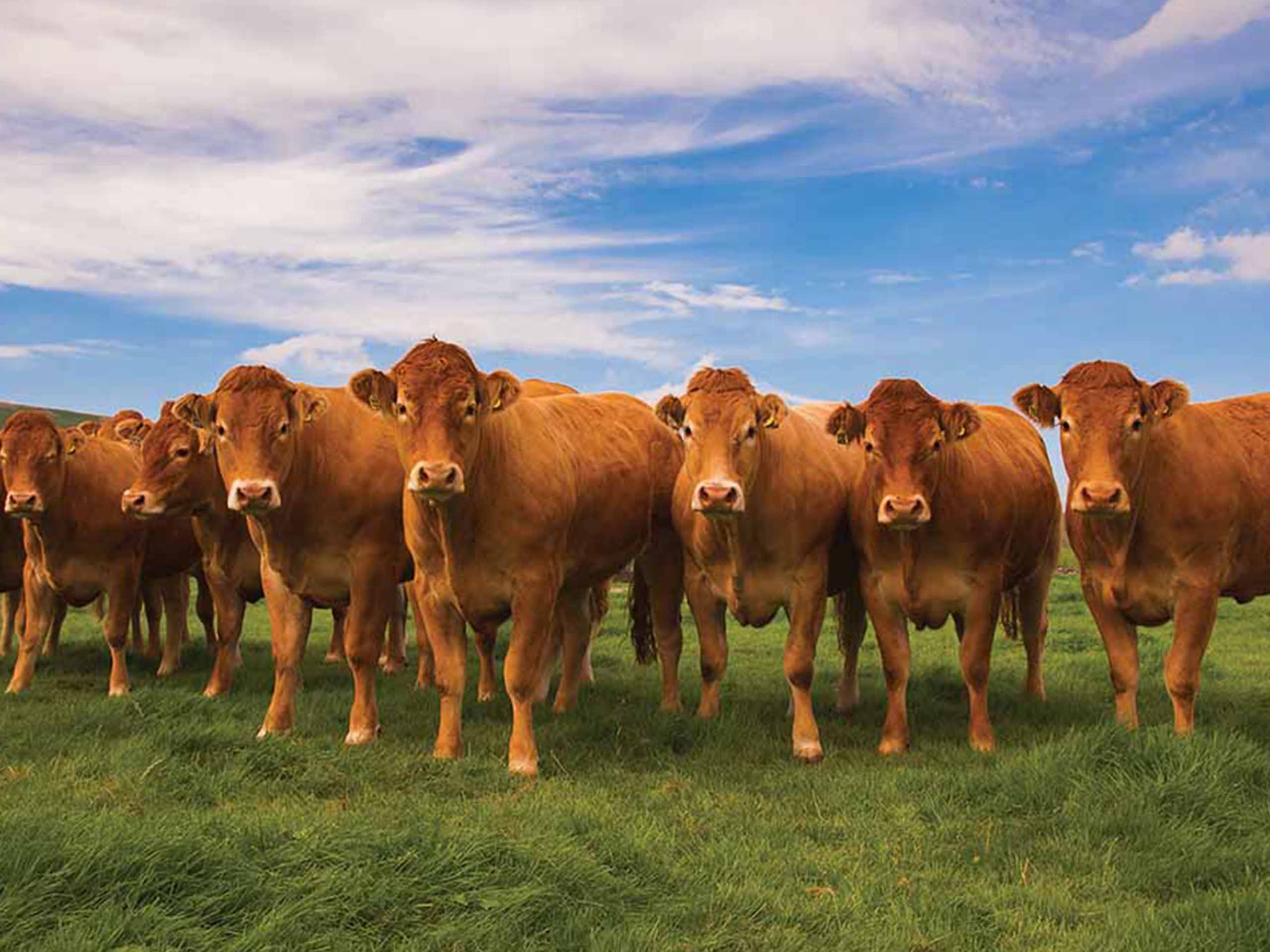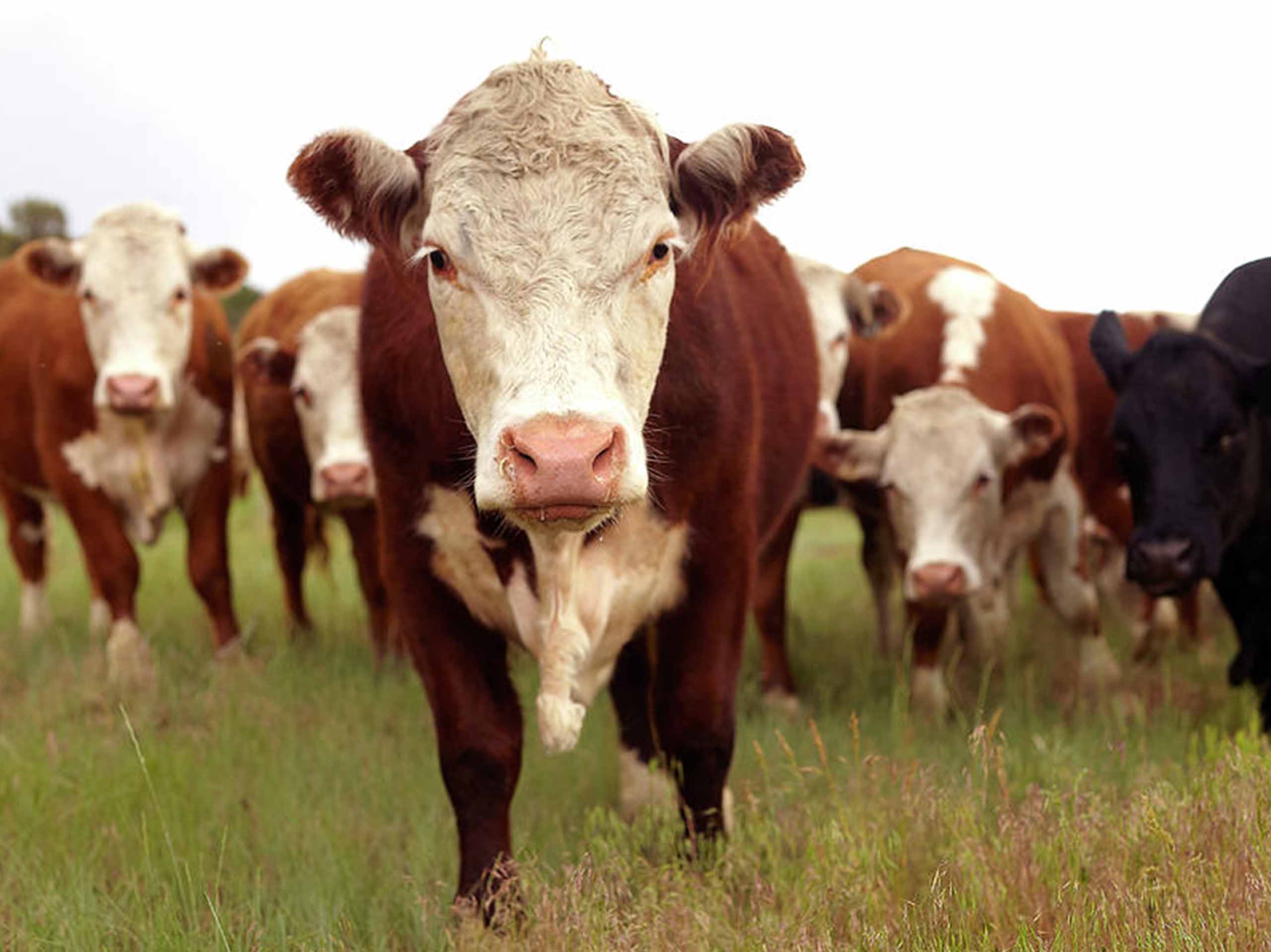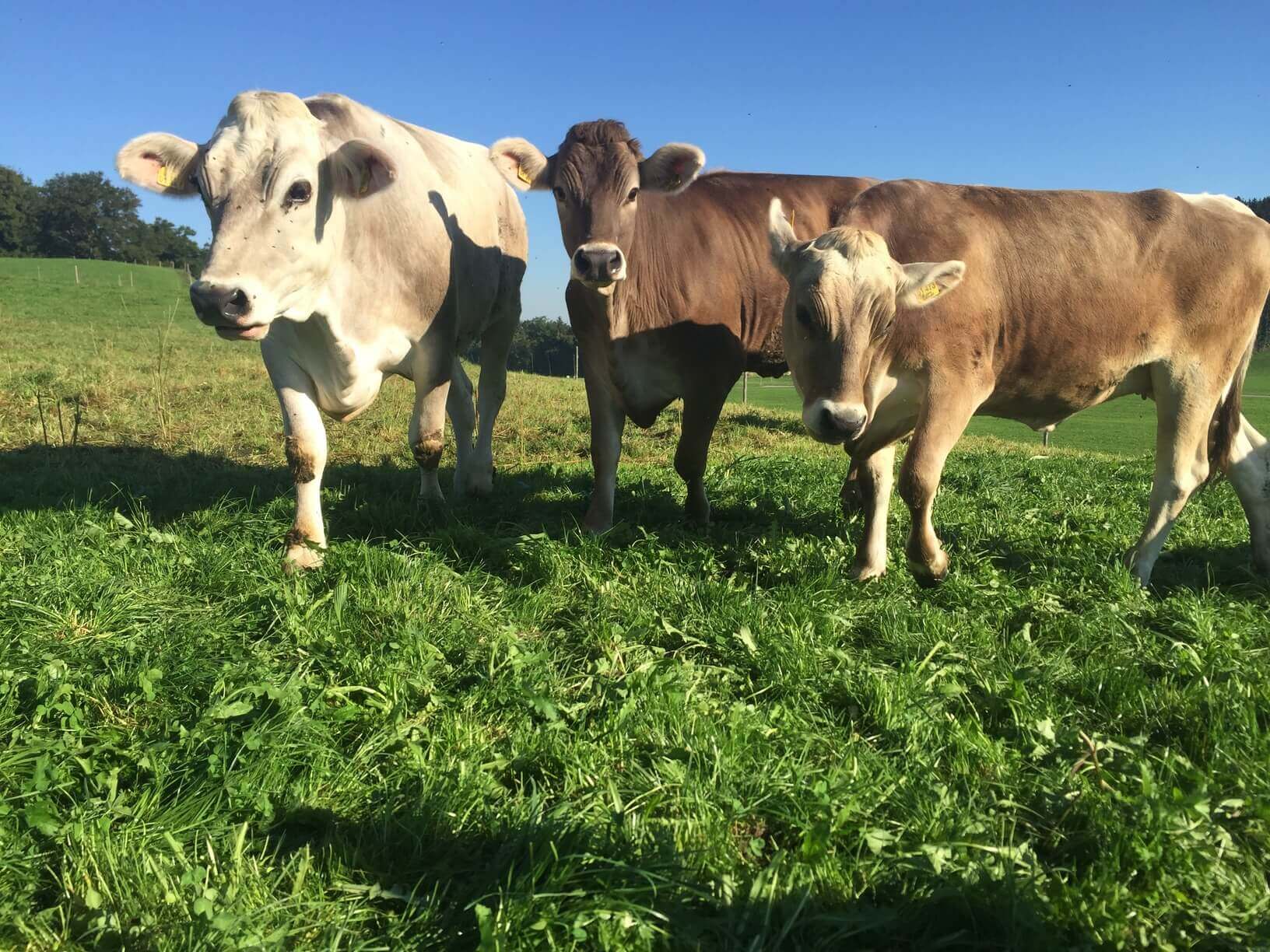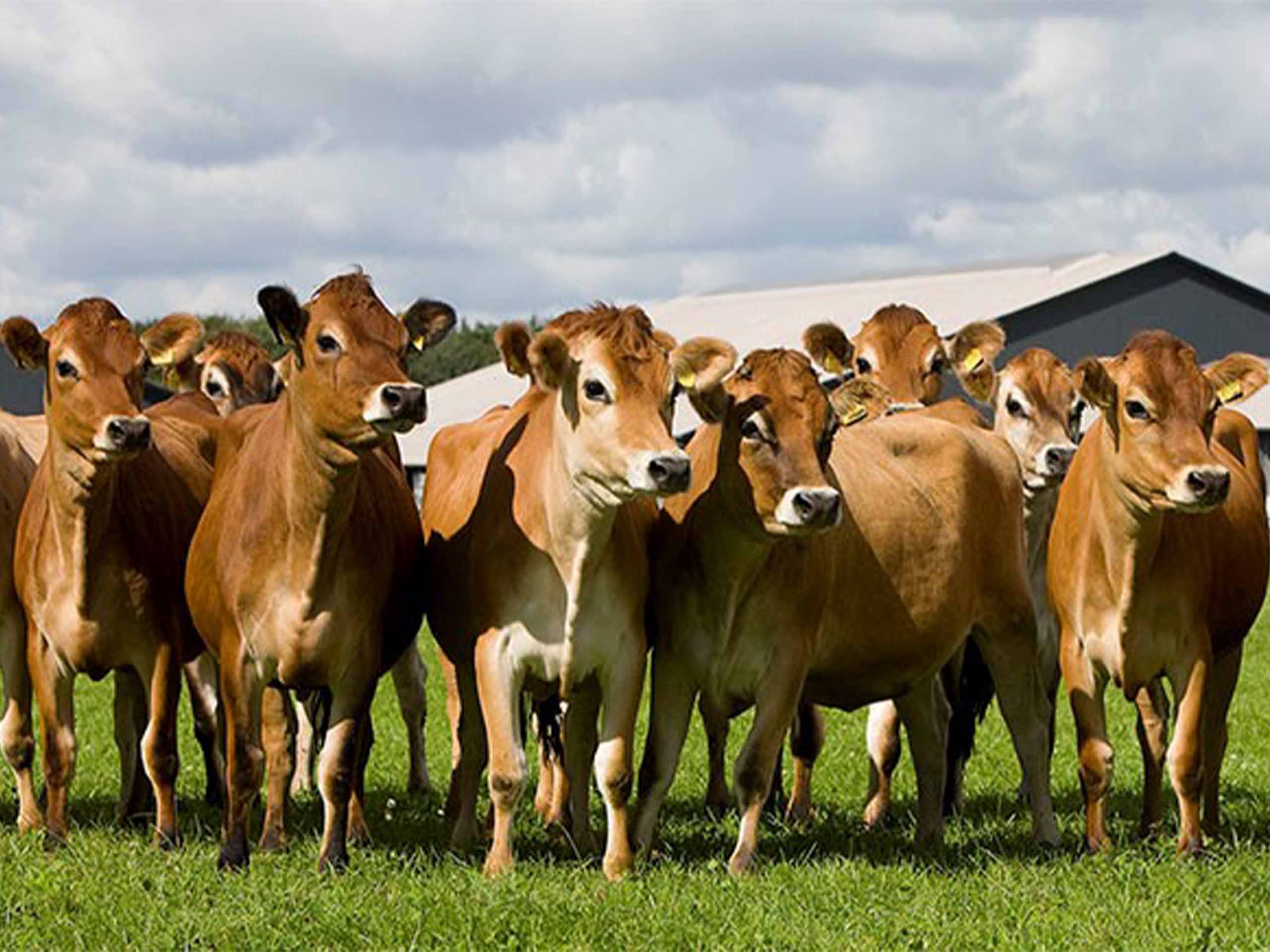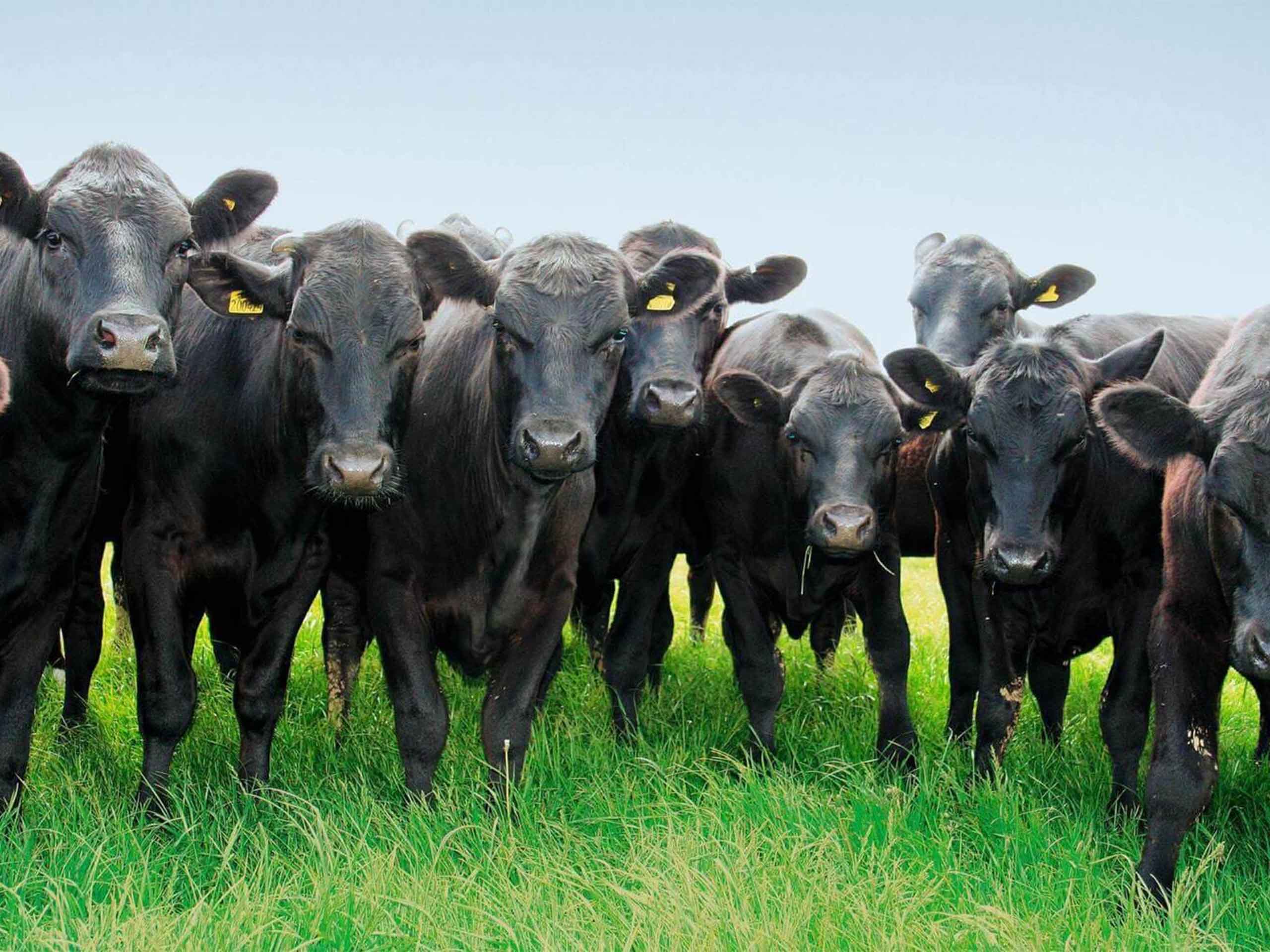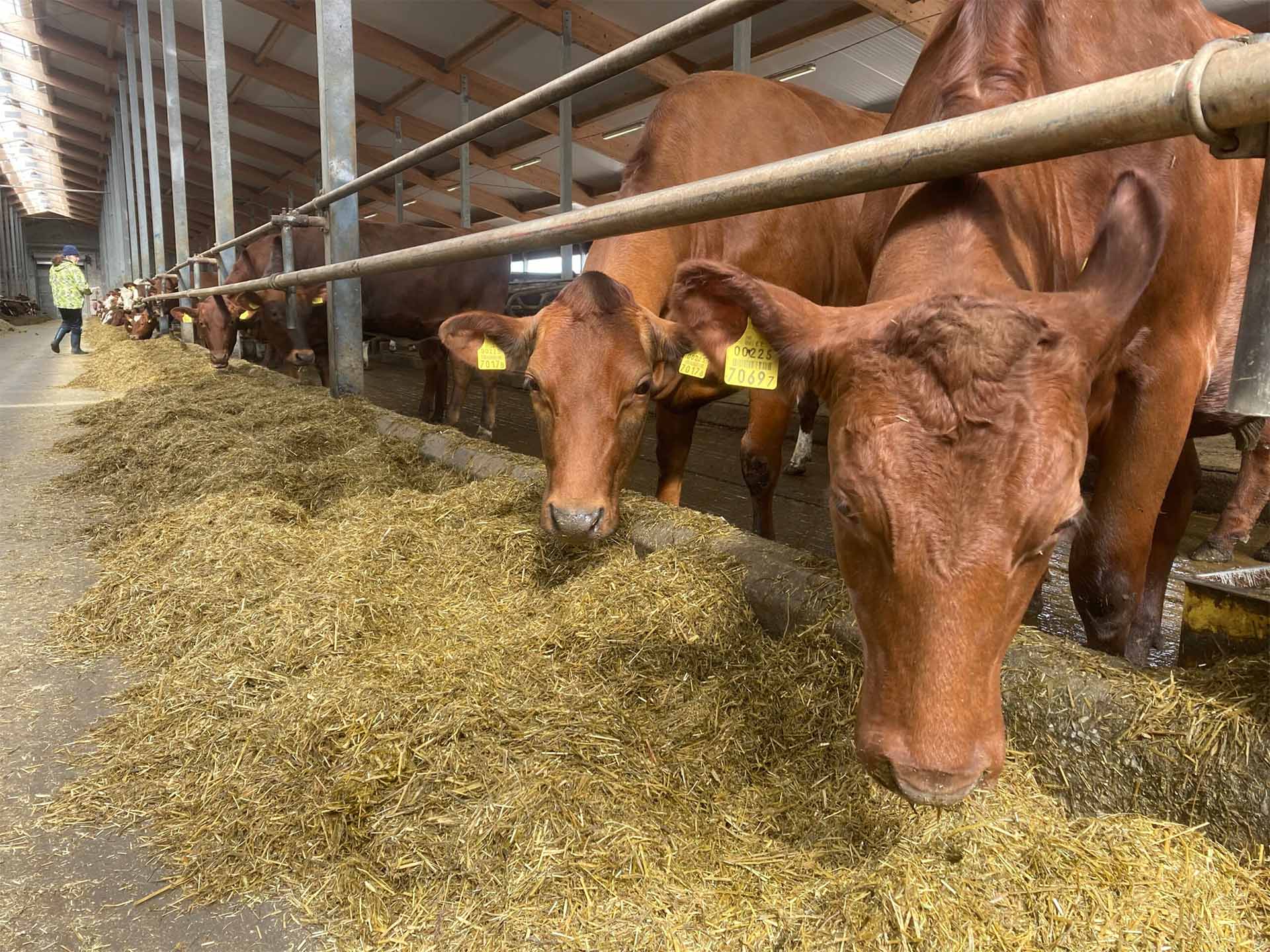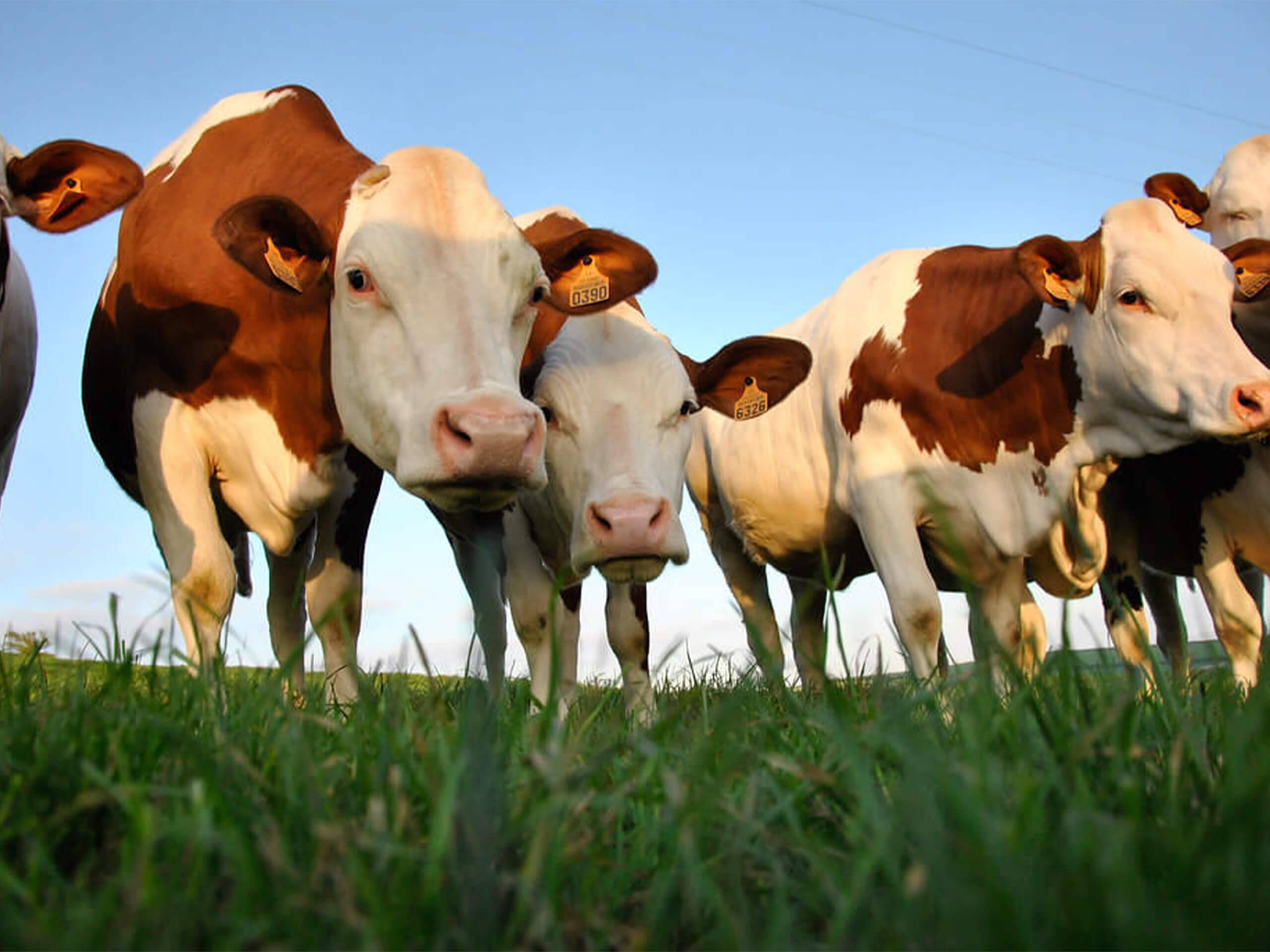JERSEY
Jersey inekleri dünyanın en tanınmış sığırları arasındadır! Bu küçük süt ırkı, resmi kayıtları yaklaşık 1700 yılına kadar uzanan Jersey Kanal Adası kökenlidir. Dünya çapında en popüler ikinci süt ırkıdır.
Minyon yapılarıyla bilinen Jersey boğaları ortalama 820 kg'ı geçmezken, inekler tipik olarak en fazla 500 kg'a ulaşır. Zarif yapıları ve çarpıcı uzunluktaki kirpikleri onları çekici bir ırk haline getirmektedir.
Jerseyler genellikle açık kahverengi bir kürke sahiptir, ancak renkleri neredeyse siyahtan soluk ten rengine kadar değişebilir. Daha koyu renk varyasyonu genellikle "Dut" olarak adlandırılır. Siyah, sert toynakları, siyah anahtarları ve ağızları ve ağızlarının etrafında ve bazı bölgelerde beyaz işaretleri vardır.
Bu cins aşırı sıcaklıklara iyi uyum sağlar, Güney Amerika'nın sıcağında gelişir ve soğuk kışlarda daha kalın bir kürk geliştirir. İrlanda'daki ılıman okyanus iklimi, aşırı sıcak veya donma koşulları olmadığından Jersey inekleri için herhangi bir sorun teşkil etmez.
Jersey inekleri uysal ve hoş mizaçlarıyla bilinir, bu da onları çiftlikler için popüler bir seçim haline getirir. Bununla birlikte, diğer ırklara kıyasla biraz gergin ve uçarı olabilirler. Jersey boğalarının büyükbaş hayvan türleri arasında en agresif olanlardan biri olduğunu unutmamak gerekir, bu nedenle dikkatli olmak gerekir. Daha fazla bilgi için Boğa Güvenliği makalemize bakın.
Jerseyler aynı zamanda uzun ömürlülük sunarak sürüler için yenileme maliyetlerini azaltır ve yaşamları boyunca daha fazla laktasyona izin verir. Düşük mastitis ve distosi (zor buzağılama) oranlarıyla mükemmel hastalık direnci sergilerler. Araştırmalar, Jersey'lerin Holstein Friesian'lara kıyasla meme sorunlarından yarı yarıya daha az muzdarip olduğunu göstermektedir ki bu da sürü sağlığını korumak için değerli bir özelliktir.
Güçlü, siyah toynakları da topallık sorunlarını en aza indirmeye yardımcı olur. Bununla birlikte, Jerseyler buzağılamadan sonra "süt hummasına" (doğum sonrası hipokalsemi) kıta ırklarından daha yatkındır. Belirtiler arasında halsizlik, dengesizlik ve aşırı yatma yer alır. Buzağılamadan önce barajın diyetini ayarlamak süt hummasını önlemeye yardımcı olabilir, ancak şiddetli olabileceğinden, herhangi bir endişe verici semptom fark ederseniz daima veterinerinize danışın.
Ara sıra görülen süt humması vakaları dışında, Jersey'lerde buzağılama genellikle sorunsuzdur. Buzağılar doğumda küçüktür ve ortalama 25 kg civarındadır, bu da süreci baraj için daha kolay hale getirir. Araştırmalar, ilk laktasyondaki Jersey doğumlarının 96%'sinin yardım gerektirmediğini ve birden fazla laktasyona sahip ineklerde yardımsız doğum oranının 99%'ye yükseldiğini göstermektedir.
Jerseyler yüksek doğurganlık oranları ve erken olgunlaşmalarıyla bilinir, birçoğu ilk doğumunu 19 aylıkken yapar. Ayrıca süt işletmeleri için faydalı olan kısa buzağılama aralıklarına sahiptirler.
Jersey sütü, İngiltere ve diğer ülkelerde kalitesiyle büyük saygı görmektedir. Tereyağı içeriği 4.84% (ortalamadan 25% daha yüksek) ve protein içeriği 3.95%'dir (ortalamadan 18% daha yüksek). Jersey sütü ayrıca standart sütten 25% daha fazla kalsiyum içerir ve bu da onu premium bir ürün haline getirir.
Ortalama bir Jersey ineği yılda yaklaşık 5.000 kg süt üretir, bu da yaşamı boyunca kabaca 200.000 bardak süt anlamına gelir. İstisnai inekler yılda yaklaşık 9.000 kg bile üretebilir!
Otları düşük maliyetle yüksek kaliteli süte dönüştürme konusundaki verimlilikleri önemli bir avantajdır. Ayrıca Jersey'lerin ortalama bir ineğe göre 20% daha küçük bir karbon ayak izine sahip olduğu belirtilmektedir, bu da onları çevre dostu bir seçim haline getirmektedir.

